Table of Contents
Thinking about getting inked with something powerful, something that carries weight? Maybe you’ve seen them around – intricate patterns, fierce eyes, or that unmistakable trident. We’re talking about mahadev tattoo designs, of course. They aren't just cool pictures on skin; for many, they represent a connection to Shiva, the destroyer and transformer, a deity who embodies both intense asceticism and cosmic dance.
Why People Choose Mahadev Tattoo Designs: Symbolism Explained
Why People Choose Mahadev Tattoo Designs: Symbolism Explained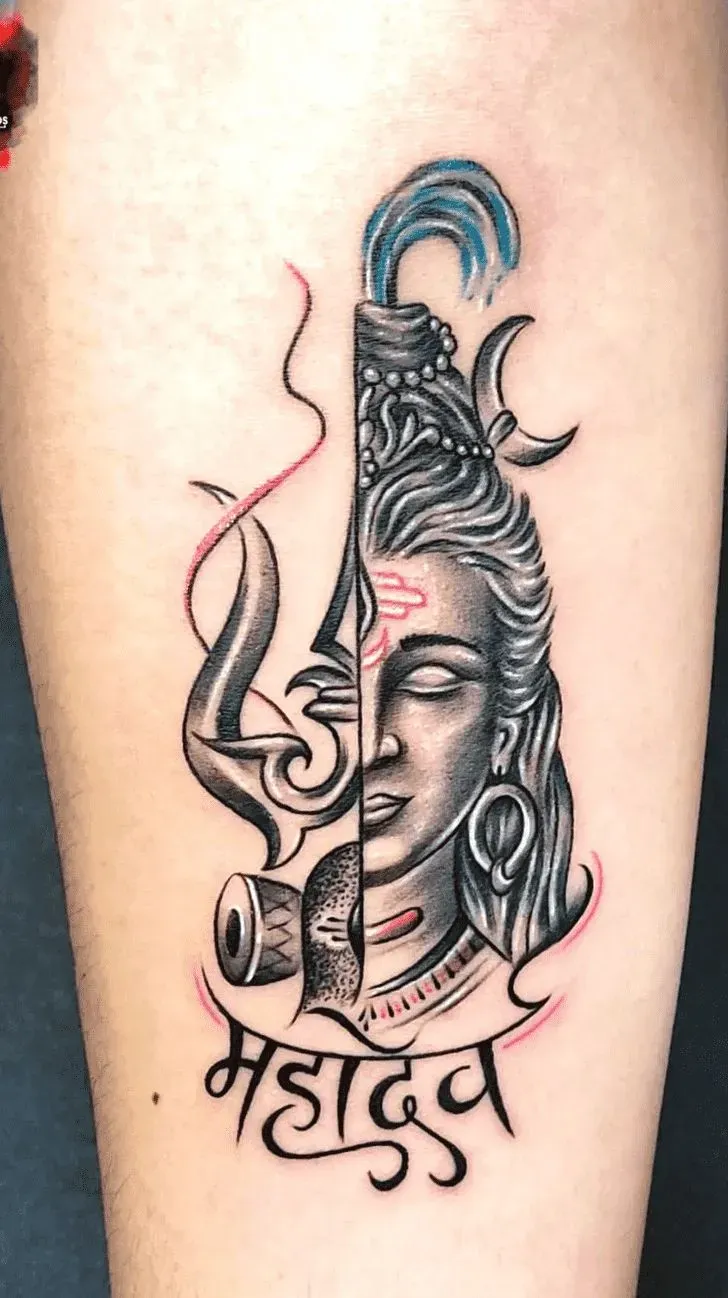
Understanding Shiva's Core Meaning
So, why do people gravitate towards mahadev tattoo designs? It often boils down to what Shiva represents. He's not your average friendly deity; he's the force of destruction, but crucially, also of transformation. Think of it like clearing out the old forest to make way for new growth. People often get Shiva tattoos when they're going through big life changes, shedding old habits, or embracing a more minimalist, ascetic path – mirroring Shiva's image as a meditating yogi.
There's a raw power there, a sense of facing the difficult stuff head-on. It’s about acknowledging that life isn’t always sunshine and rainbows, and sometimes things need to be broken down before they can be rebuilt. Choosing Shiva can be a declaration of resilience, a reminder that change, even painful change, is a necessary part of existence.
More Than Just Destruction: Other Symbols
Beyond the 'destroyer' aspect, mahadev tattoo designs incorporate other potent symbols. The Trishul, his trident, represents the three gunas (creation, preservation, destruction) or past, present, and future. It's a powerful emblem of control and authority over these forces. The Om symbol, often included, is the sound of the universe, representing ultimate reality and consciousness – a direct link to the divine within and without.
His third eye, when depicted open, signifies wisdom and insight beyond the ordinary, the ability to see truth through illusion. For some, getting a Mahadev tattoo, especially with these elements, is about seeking that deeper understanding, protection from negative energy, or simply feeling a connection to a force that feels ancient and unwavering in a chaotic world.
What key symbols are often found in Mahadev tattoos and what do they mean?
- Trishul (Trident): Represents the three states (creation, preservation, destruction) or time (past, present, future). Symbolizes control and power.
- Third Eye: Represents wisdom, insight, and the ability to see beyond illusion.
- Crescent Moon: Symbolizes control over the mind and the cyclical nature of time.
- Serpent (Naga): Represents ego, which Shiva has tamed and wears as an ornament. Also linked to Kundalini energy.
- Damaru (Drum): Represents the sound from which the universe is created and the rhythm of existence.
- Ashes (Bhasma): Symbolizes detachment from the material world and the transient nature of life.
Exploring Popular Mahadev Tattoo Designs (Trishul, Om, Shiva Forms)
Exploring Popular Mahadev Tattoo Designs (Trishul, Om, Shiva Forms)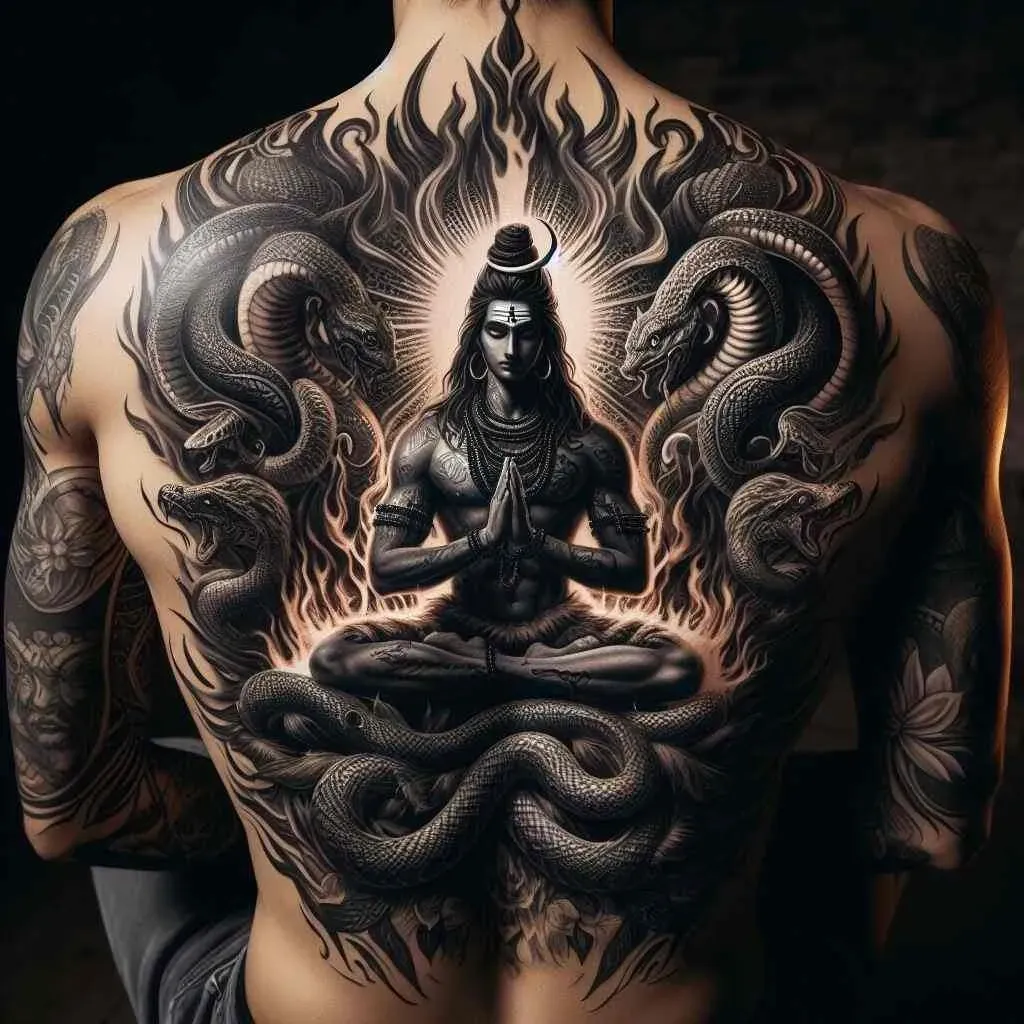
The Classics: Trishul and Om Symbols
Alright, let's get down to the ink itself. When people ask about mahadev tattoo designs, the first things that usually come up are the big hitters: the Trishul and the Om symbol. The Trishul is Shiva's signature weapon, that three-pronged spear. It looks sharp, it looks powerful, and it’s instantly recognizable. Artists do all sorts of things with it – minimalist outlines, intricate patterns woven around it, or sometimes just the plain, stark form.
Then there's the Om. You see it everywhere, and in the context of a Mahadev tattoo, it's non-negotiable for many. It's considered the primordial sound, the vibration from which everything arose. Putting Om with Shiva imagery feels like grounding the immense, sometimes chaotic energy of Shiva with the fundamental truth of existence. These two elements, the Trishul and Om, are often the starting point, sometimes standing alone or forming the anchor for a larger, more complex piece.
Depicting Shiva's Many Forms
Beyond the symbols, many mahadev tattoo designs feature Shiva himself. But which Shiva? He's got a whole portfolio of forms, each with its own vibe. You've got the meditating yogi, lost in deep contemplation on Mount Kailash, often shown with closed eyes, serene yet powerful. This version speaks to inner peace, meditation, and detachment.
Then there’s Nataraja, the cosmic dancer. This is Shiva in dynamic motion, surrounded by a ring of fire, crushing ignorance underfoot. This form is all about the cycle of creation and destruction, the rhythm of the universe. Artists might also depict Ardhanarishvara, the half-male, half-female form, representing the union of Shiva and Parvati, the balance of masculine and feminine energies. Choosing a specific form is a personal statement about which aspect of the divine resonates most with you.
Common Shiva Forms in Tattoos:
- Yogi Shiva (Meditating): Represents peace, meditation, detachment.
- Nataraja (Cosmic Dancer): Represents creation, destruction, the universal rhythm.
- Ardhanarishvara (Half Male/Half Female): Represents union of polarities, balance.
- Bhairava (Fierce Form): Represents protection, destruction of evil.
- Gangadhara (Bearer of Ganga): Represents Shiva controlling powerful forces for good.
Where to Place Your Mahadev Tattoo Designs: Ideas & Considerations
Where to Place Your Mahadev Tattoo Designs: Ideas & Considerations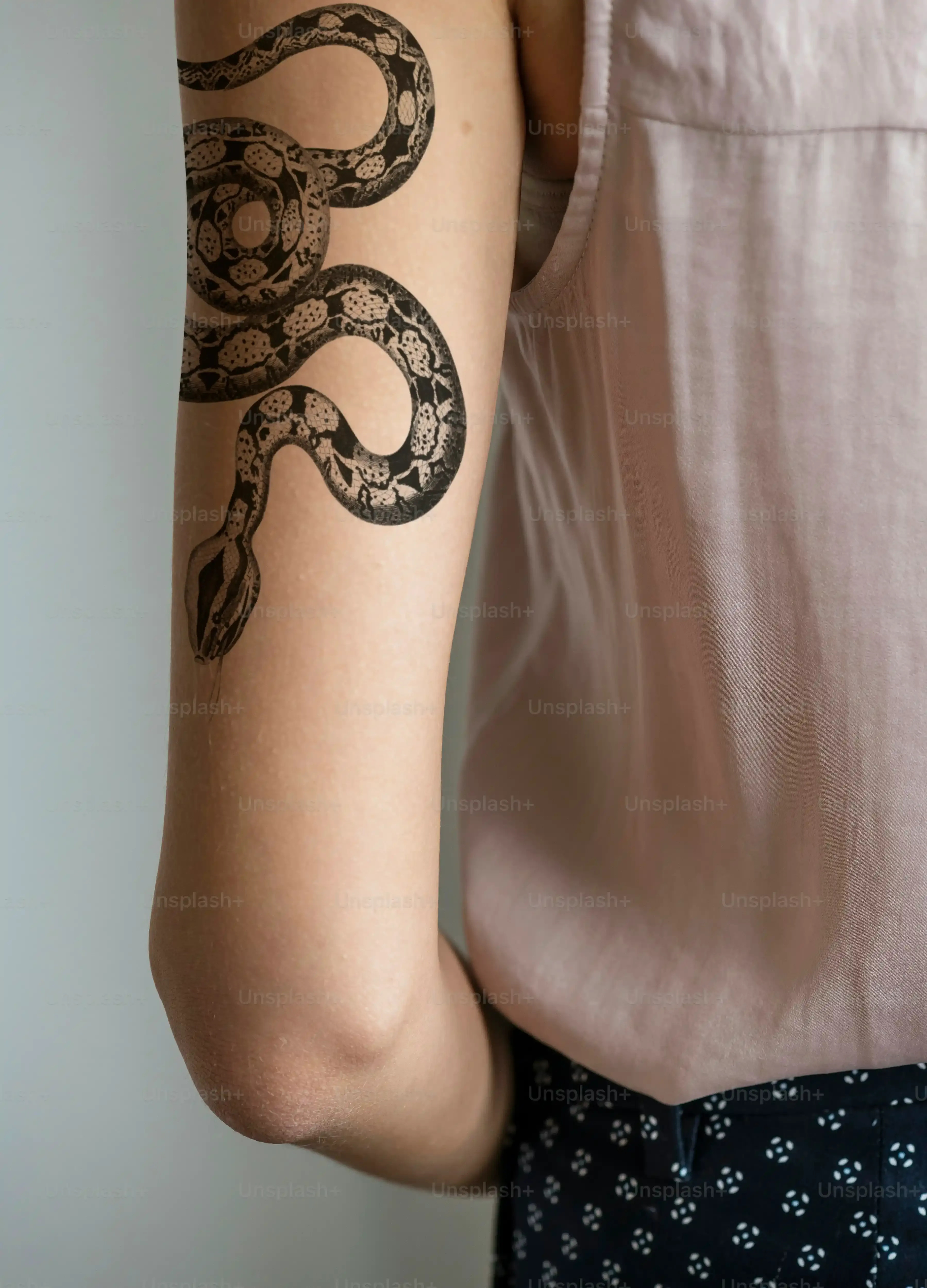
Common Spots for Mahadev Ink
so you've got a design in mind – maybe a fierce Nataraja, a minimalist Trishul, or Shiva meditating. Now, where do you put this powerful image? The most common spots for mahadev tattoo designs tend to be areas with a decent amount of canvas, like the upper arm, forearm, chest, or back. The upper arm is a classic for a reason; it's visible when you want it to be but easy to cover up for work or formal events. Forearms are great for showing off your ink, especially if it's a design you want people to see and ask about.
The chest is another popular choice, especially for larger pieces that wrap around or cover a significant area. It's close to the heart, which adds a layer of personal meaning for many. And the back? That's where you can go big. Full back pieces depicting complex scenes or large-scale portraits of Shiva are incredibly striking, allowing for a lot of detail and artistic expression.
Size, Detail, and Visibility
Thinking about placement also means thinking about the size and complexity of your mahadev tattoo designs. A small, simple Om or Trishul can fit almost anywhere – wrist, ankle, behind the ear. But a detailed portrait of Shiva with all his attributes? You'll need more space for the artist to really make it pop. The back, chest, or even a full sleeve on the arm or leg provides the necessary room for intricate work.
Consider how visible you want the tattoo to be in your daily life. Some people want their Mahadev tattoo to be a private, personal symbol, placed somewhere easily hidden. Others want it visible, a statement piece they share with the world. Your job, your lifestyle, and your personal comfort level with visible tattoos should play a big role in this decision.
Thinking about size and placement?
- Small designs (Om, small Trishul): Wrist, ankle, neck, behind ear, fingers.
- Medium designs (Single Shiva form, detailed Trishul): Forearm, upper arm, calf, shoulder blade.
- Large designs (Complex scenes, full portraits, multiple elements): Chest, full back, thigh, full sleeve.
Placement Based on Personal Meaning
Sometimes the best spot for your mahadev tattoo designs isn't just about size or visibility, but about personal significance. If the tattoo represents overcoming a major obstacle, maybe a spot on your leg or foot that literally carries you forward feels right. If it's about inner strength and meditation, perhaps the chest, close to your core, makes more sense. Some people choose the back of the neck or spine to represent Shiva as the foundation or support in their lives.
Don't feel limited to the common areas. Talk to your artist about what the design means to *you* and explore placements that feel intuitively correct. A good artist can help you visualize how the design will flow with the lines of your body in different locations, ensuring that the final piece not only looks good but also feels right.
Getting Your Mahadev Tattoo Designs: Finding the Right Artist & What to Expect
Getting Your Mahadev Tattoo Designs: Finding the Right Artist & What to Expect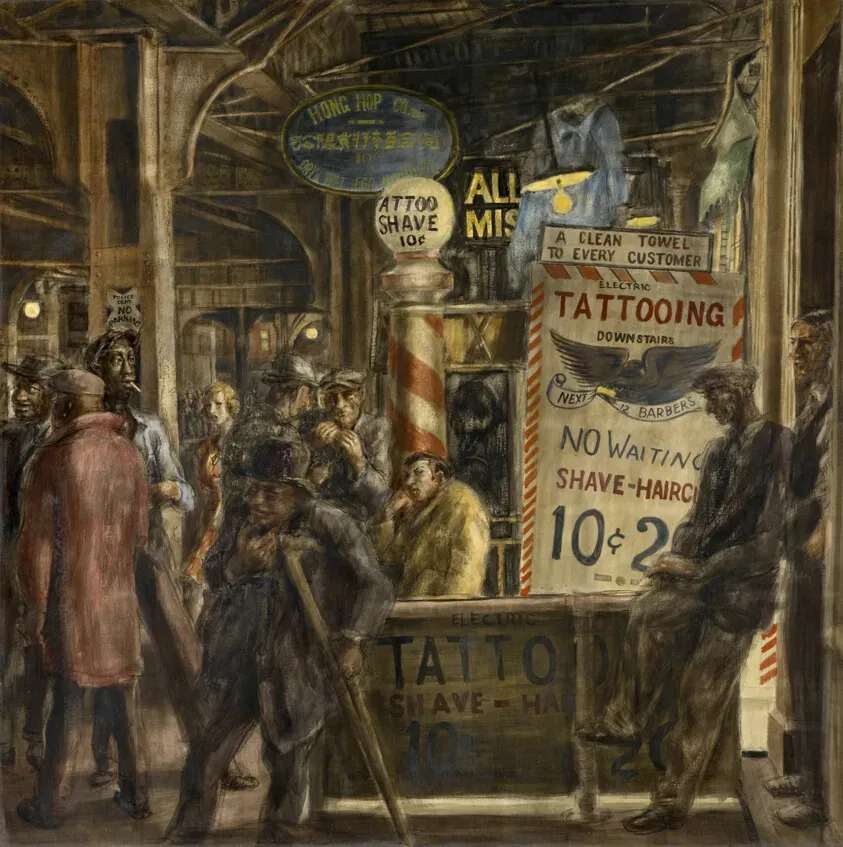
Finding Someone Who Gets It
you've pondered the symbolism, eyed up the different forms, and even figured out roughly where you want this powerful piece of art. Now comes the crucial part: finding the right person to put those mahadev tattoo designs on your skin. This isn't the time to just walk into the nearest shop. You need an artist whose style matches your vision and, frankly, someone who understands the gravity of the imagery. Look at portfolios, specifically for examples of detailed line work, portraiture if you're getting a deity's face, or intricate patterns if that's your jam. Don't be afraid to travel a bit or wait for a good artist's availability. A cheap, quick tattoo often ends up being neither cheap nor quick to fix later.
The Consultation and Sitting Down
Once you've got a potential artist in mind, book a consultation. This is your chance to talk through your specific mahadev tattoo designs idea, show them any reference images, and get their professional opinion on placement, size, and how the design will age. A good artist will ask questions, offer suggestions, and be upfront about the process, the pain level for the chosen spot, and the cost. Pay attention to how they communicate and if you feel comfortable with them. On the day of the appointment, make sure you're well-rested and have eaten. The actual tattooing involves needles depositing ink into the skin's dermis layer. It's going to hurt to some degree – anyone who tells you otherwise is lying or has a very high pain tolerance. Just breathe and trust your artist.
Questions to Ask Your Tattoo Artist During Consultation:
- Have you done mahadev tattoo designs or similar complex spiritual pieces before?
- Can I see examples of your line work and detail?
- How long do you estimate the tattoo will take? (Especially for larger pieces)
- What is your process for designing or refining the artwork?
- What is the estimated cost, and how do you structure payment?
- What are your aftercare instructions?
- What is your cancellation or rescheduling policy?
Caring for Your Mahadev Tattoo Designs and Making it Last
Caring for Your Mahadev Tattoo Designs and Making it Last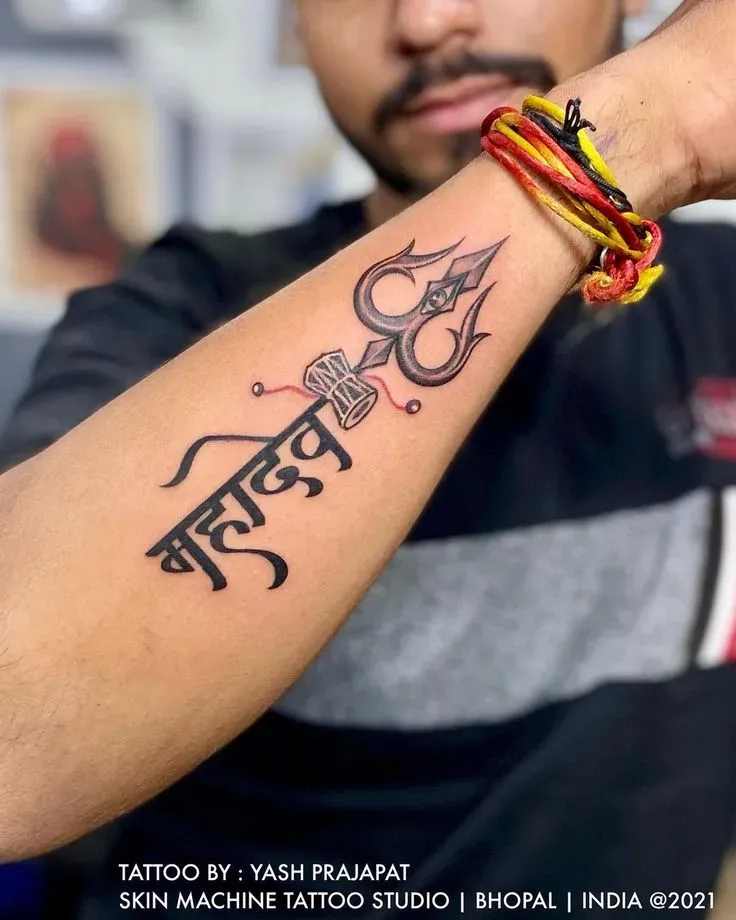
The Critical First Few Weeks
you survived the needle. Your new mahadev tattoo designs are looking sharp, maybe a little red and angry, but that’s normal. The first couple of weeks are make or break for how your ink heals and looks long-term. Your artist will give you specific instructions, and for the love of Shiva, follow them. This usually involves keeping it clean with a mild, unscented soap and applying a thin layer of recommended ointment or lotion. Don't suffocate it with too much product, but don't let it dry out and crack either. Think of it like a fresh wound, because, well, it is. Avoid soaking it in baths or pools, keep it out of direct sunlight, and resist the urge to pick at any scabs that form. Seriously, picking will pull ink out and mess up the detail.
This stage isn't glamorous. It's a bit itchy, maybe a little uncomfortable, but diligence now pays off huge later. Ignoring aftercare is the quickest way to turn those killer mahadev tattoo designs into a blurry mess you'll regret. It's your responsibility to ensure that the artist's work heals properly. They did their part; now you do yours.
Long-Term Maintenance: Sun and Skin
Once your mahadev tattoo designs are fully healed, usually after 2-4 weeks, the job isn't entirely done. Tattoos fade, that's just a fact of life, but you can slow it down significantly. The biggest culprit? The sun. UV rays break down tattoo ink over time, turning vibrant colors muted and crisp lines fuzzy. Think of old tattoos you’ve seen that look like faded watercolors – often, that’s sun damage.
Get in the habit of applying a high SPF sunscreen to your Mahadev tattoo whenever it's exposed to the sun, even on cloudy days. This is non-negotiable if you want those intricate details of Shiva's form or the sharp points of the Trishul to stay clear. Keeping your skin generally healthy and moisturized also helps. Hydrated skin looks better, and your tattoo will look better on it. It's not rocket science, just basic skin care with an added layer of protection for your art.
Key Tattoo Aftercare Steps:
- Wash gently with unscented soap and lukewarm water.
- Apply a thin layer of artist-recommended ointment or lotion.
- Avoid soaking the tattoo (baths, pools).
- Keep out of direct sunlight during healing.
- Do not pick at scabs.
- Apply high SPF sunscreen to healed tattoos when exposed to sun.
- Keep the skin around the tattoo moisturized.
Making Your Mark with Mahadev Tattoo Designs
So, we've looked at the layers behind mahadev tattoo designs – from the potent symbolism of the Trishul and various Shiva forms to the practicalities of placement and finding someone who can actually execute the work without turning a deity into a disaster. Choosing one of these designs is clearly more than just liking the look; it's often about carrying a personal reminder of strength, transformation, or a connection to something larger. The permanence of ink demands careful consideration, not just of the art itself, but of what you intend for it to represent in your life. It's a commitment, plain and simple, and hopefully, understanding the common threads and practical steps involved makes that commitment a little clearer.